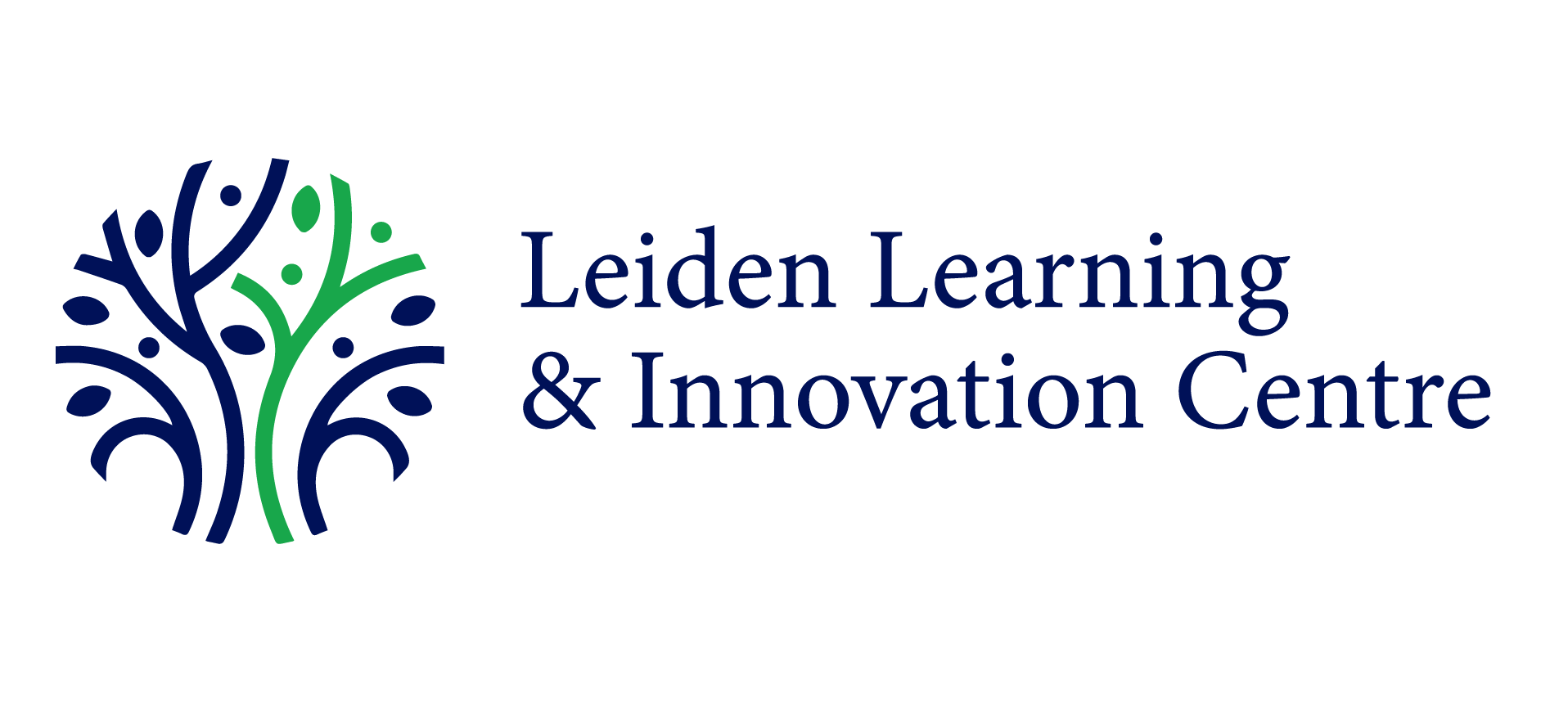SpatialMind: a Grassfields Project – What, Why, & for Whom?
Keen to hear more about an innovative Extended Reality (XR) platform currently in development for use across all faculties of Leiden University? Dive into this interview with the team behind the Grassfields fund-winning SpatialMind project to discover their ambitions and progress as well as the platform’s potential relevance within your role!
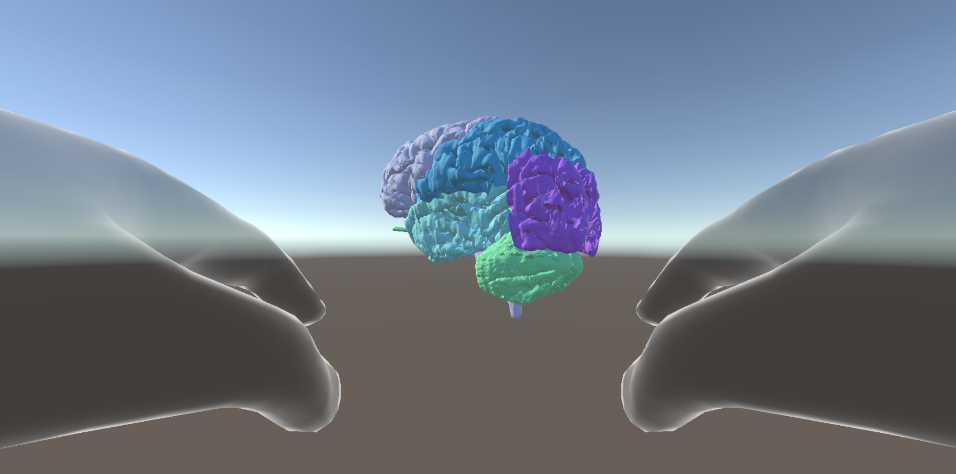 Image credit to Adel Qaddoumi.
Image credit to Adel Qaddoumi.Project Team: Ineke van der Ham (FSW), Judith Schomaker (FSW), Angus Mol (Humanities), Jos van der Hage (LUMC).
SpatialMind & its Innovation
WHAT IS SPATIALMIND AND HOW WILL IT WORK IN PRACTICE FOR STUDENTS AND TEACHERS?
A wide variety of courses in higher education rely on 3D visualisation for a solid understanding of the material, yet there is significant variation in spatial reasoning skills among university students. This we have shown to affect learning outcomes for objectives based on spatial information.
Our innovative teaching method, SpatialMind, leverages augmented/virtual reality technology to make 3D learning materials—whether involving (brain) anatomy, molecular models, or architecture—widely accessible to students of all spatial skill levels. The proposed innovation involves scaling up a learning platform that presents 3D models alongside background information and assignments. Playful interaction, guided by the principles of resonant game design, will play a key role in achieving optimal learning outcomes.
The proof-of-concept focuses on the brain, with findings intended to be applied to other models regardless of subject or field of study.
WHAT MOTIVATED YOU TO START DEVELOPING SPATIALMIND? WAS THERE A PARTICULAR GAP YOU NOTICED IN YOUR TEACHING PRACTICE?
Indeed, we noticed that our students often struggle to learn brain anatomy. The brain is a complex 3D structure which includes regions spanning both hemispheres and which are elongated as well as lying deep within. Additionally, the brain is layered, with meninges, outer structures which cover deeper structures, and blood vessels which run throughout.
Spatial understanding determines learning performance when teaching materials such as books or 3D models on computer screens are used. Previous research has shown that specifically students with relatively low spatial skills achieve lower scores (Bogomolova et al., 2020). Yet, when 3D information is provided through immersive technology such as AR, students with relatively low spatial skills perform better upon examination.
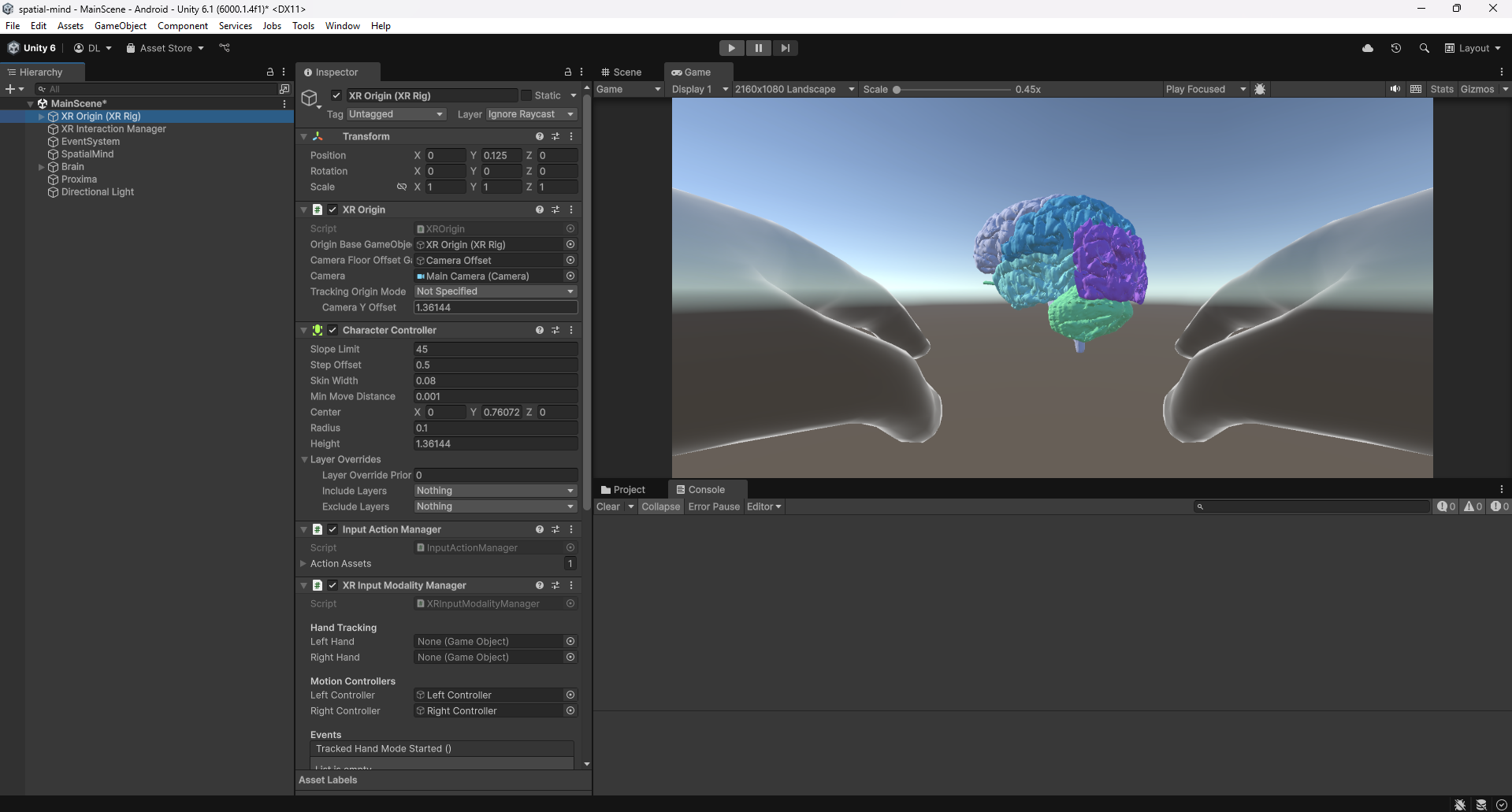 Image credit to Adel Qaddoumi.
Image credit to Adel Qaddoumi.HOW DOES SPATIALMIND IMPROVE LEARNING FOR STUDENTS WITH DIFFERENT LEVELS OF SPATIAL ABILITY?
Significantly, when 3D information is provided via AR or VR, the difference between students with low and high scores in spatial skills disappears. Students with low scores perform better at the moment of testing.
Additionally, in previous research, students with both high and low scores in spatial skills reported to prefer studying with immersive technology over more traditional methods, perceiving it as more enjoyable, effective, and insightful (Bogomolova et al., 2020).
Teaching Impact
WHAT KIND OF TRAINING OR SUPPORT WILL TEACHERS RECEIVE TO GET STARTED WITH SPATIALMIND?
We want to shape an active learning community, in which faculties can share their materials (when copyright allows) and experiences and seek advice. This learning community will be online within the university, with regular physical meetings also taking place for exchanging experiences and presenting new applications.
Additionally, a guide will be developed to instruct teachers how to use SpatialMind. This guide will take the form of both text and short video recordings.
XR and Educational Technology
WHAT MAKES THIS PROJECT UNIQUE IN COMPARISON WITH OTHER XR APPLICATIONS IN HIGHER EDUCATION?
SpatialMind’s unique strength is that it will be used university wide. It allows teachers to flexibly place various 3D models on the platform, allowing the student to observe, interact with, and complete assignments on the model.
Additionally, an advantage of our platform is that it can use existing models, hence developing these models is explicitly not the goal of the current application. Within the relevant fields (e.g. neuropsychology, geology and medicine) many 3D models already exist, but a practical learning method around them is in most cases lacking.
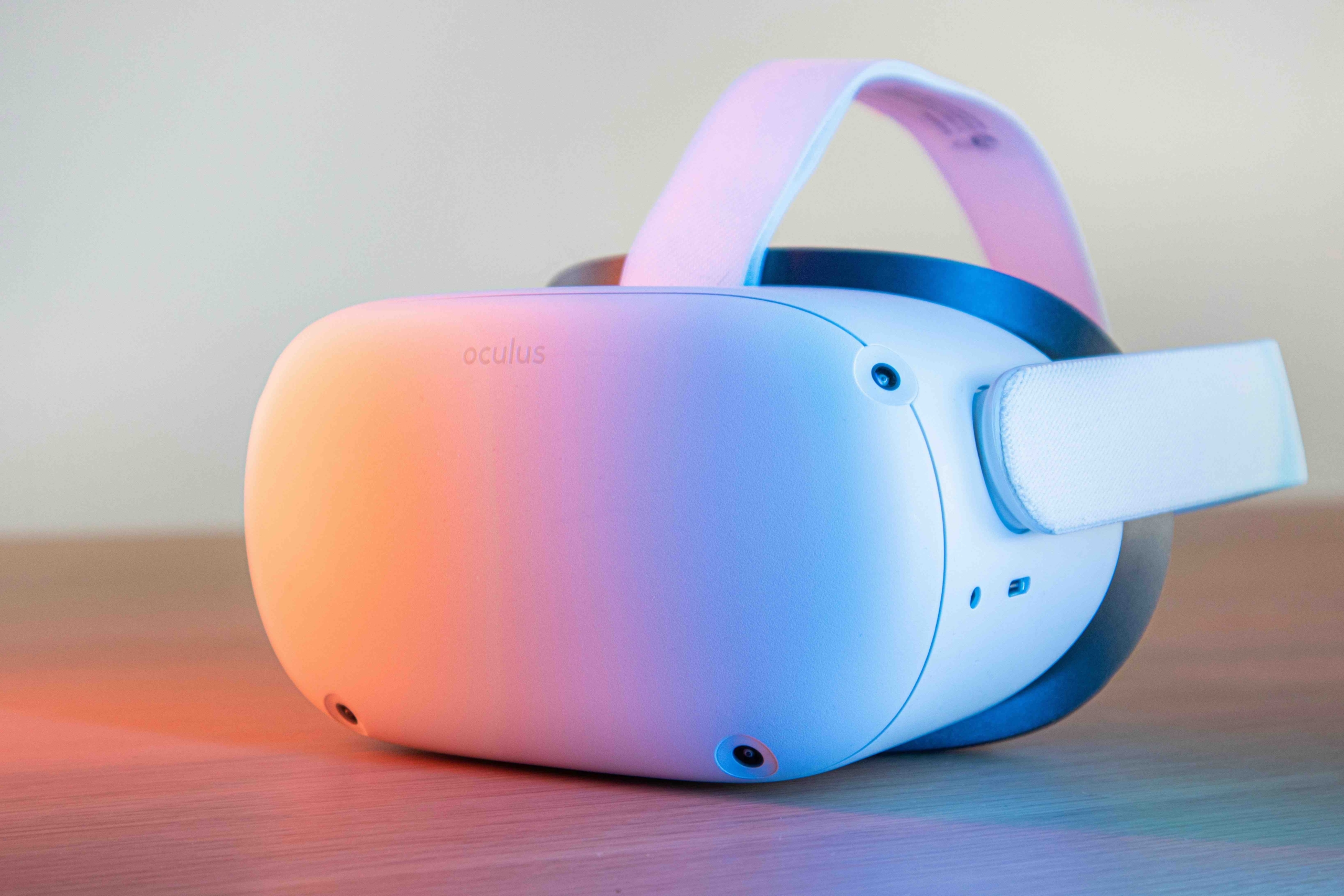 Image credit to Remy Gieling from https://unsplash.com/.
Image credit to Remy Gieling from https://unsplash.com/.Scalability and Cross-Faculty Use
YOU’RE STARTING WITH A 3D BRAIN MODEL – HOW EASILY CAN THIS PLATFORM BE ADAPTED FOR OTHER DISCIPLINES AND FACULTIES?
In the design, we will pay particular attention to the accessibility of the observations, interactions, and assignments from the user perspective. We will make these sufficiently generic to be adaptable for all 3D models where students need to gain knowledge and/or skills. To ensure general spatial understanding and more subject-specific learning objectives, the system consists of two modules:
1) An orientation module. This remains the same for all 3D models with the aim that users become familiar with the tool, gain skills in working with the system, and learn to work with the different 3D layers.
2) A flexible module. In this, instructors can complete their own questions and assignments appropriate to the 3D model which they load into SpatialMind. This facilitates subject-specific learning objectives.
WHAT WOULD YOU SAY TO TEACHERS FROM OTHER FACULTIES WHO ARE CURIOUS BUT UNSURE ABOUT INTEGRATING XR?
Integrating new techniques such as XR often feels overwhelming and time-consuming. The university has, however, the necessary hardware widely available across the university and there are both faculty and central staff available for educational support. At the start of our project, what we found to be the most accessible type of headset was chosen so that the design and associated instructions would be easy to use. One of the products to be delivered at SpatialMind’s conclusion is a guide which will instruct teachers how to use the platform. This will lower the threshold to integrate XR in education.
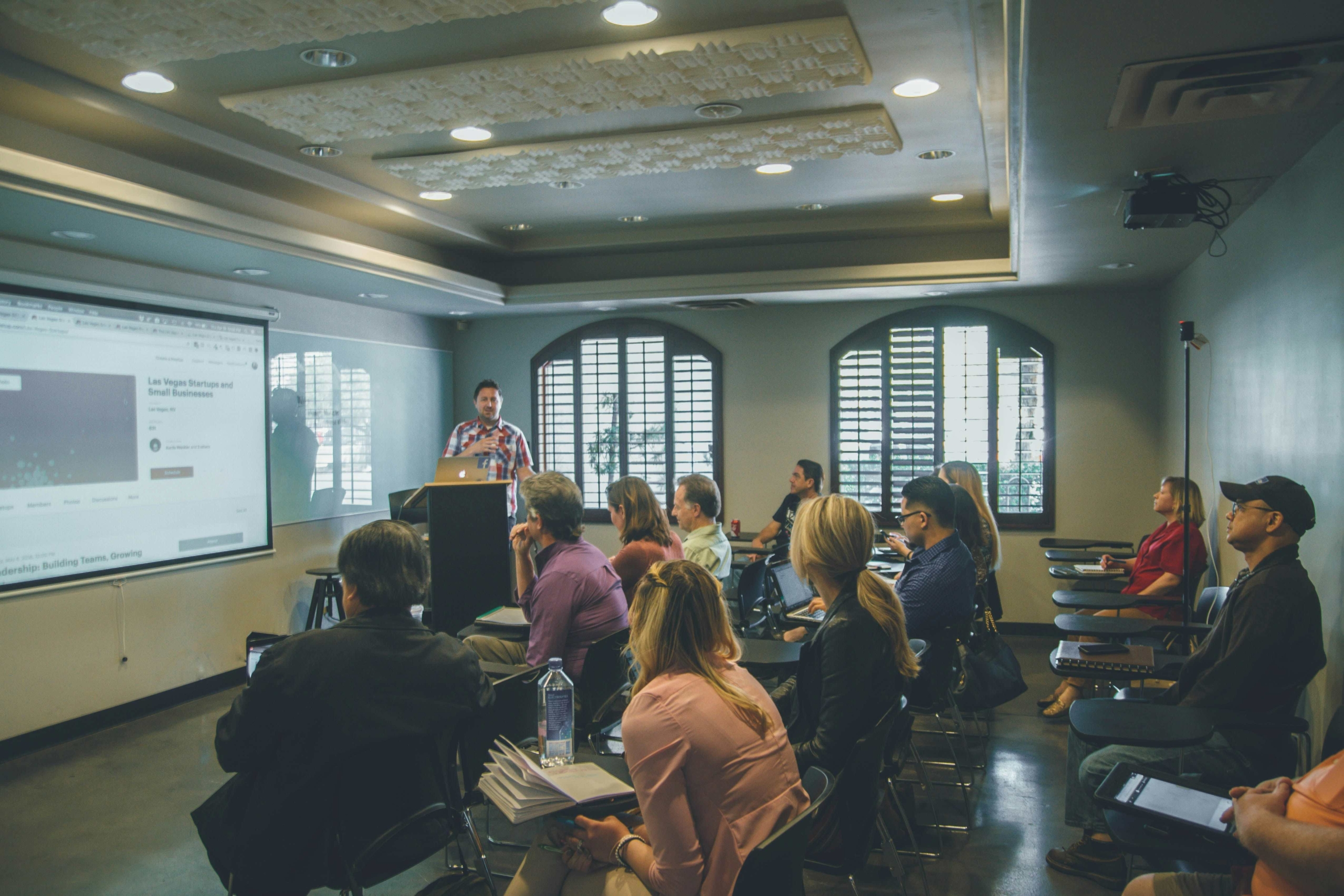 Image credit to Kenny Eliason from https://unsplash.com/.
Image credit to Kenny Eliason from https://unsplash.com/.Collaboration and Sustainability
WHAT ROLES HAS AND WILL COLLABORATION WITH LLInC, SOLO, AND OTHER SUPPORT SERVICES PLAY IN THIS PROJECT?
LLInC supports us in the development of the brain model as well as the overall end product, didactics, communication, teacher professionalism, project management, and legal aspects. SOLO provides the AR/VR glasses and IT-support.
HOW ARE STUDENTS INVOLVED IN THE DESIGN AND TESTING PROCESS?
Students can participate in VR/AR experiments using the proof-of-concept brain model as well as improved models as the project progresses. They will also be asked to participate in user-interface testing.
Inspiration and Vision
WHAT EXCITES YOU MOST ABOUT THIS PROJECT?
The higher education field is well known for lagging behind when it comes to integrating new technology. We are very excited about incorporating SpatialMind university-wide (and possibly open source) since we believe it will solve a long-standing problem and elevate higher education!
Get in touch!
If you would like to hear more about the SpatialMind project, feel welcome to reach out by email to Professor Ineke van der Ham from the project team at c.j.m.van.der.ham@fsw.leidenuniv.nl.
If you would like to hear more about the Grassfields fund, see the LLInC webpage and reach out to grassfields@llinc.leidenuniv.nl.
